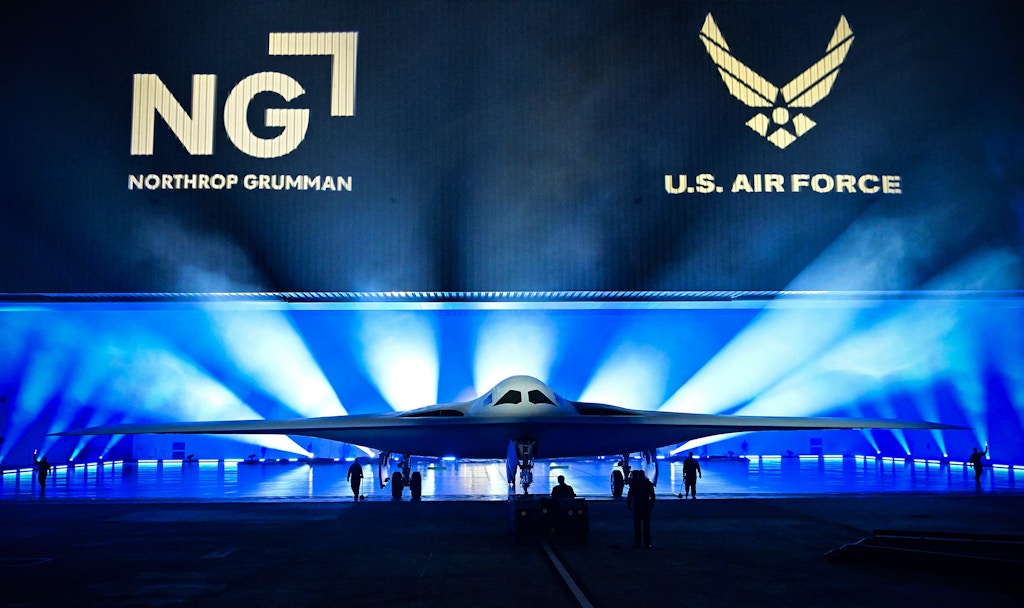
The War Caucus Always Wins – By Jeremy Scahill (The Intercept) / Dec 7, 2022
The new $857 billion defense bill lines the pockets of contractors and pushes the U.S. toward a new Cold War.
THE DOMINANT POLITICAL STORY emanating from Washington, D.C., these days centers around the battles between the Trumpist movement and the bipartisan “adults in the room” caucus — the Democratic Party and fragments of the Republican Party consisting of lawmakers and politicians who have affirmed the legitimacy of President Joe Biden’s 2020 election victory. Often obscured by the media focus on this clash is the enduring influence of a long-standing faction of the U.S. power structure: the bipartisan war caucus. Throughout the Trump and Biden administrations, the U.S. has been on an escalating trajectory toward a new Cold War featuring the prime adversaries from the original, Russia and China. The ratcheted-up rhetoric from U.S. politicians — combined with Russia’s invasion of Ukraine, the tensions between China and Taiwan, and Beijing’s major advancements and investments in weapons systems and war technology — has heralded a bonanza for the defense industry.
Congress will soon vote on a record-shattering $857 billion defense spending bill that authorizes $45 billion more than Biden requested. Included in the National Defense Authorization Act of 2023, finalized on December 6, is the establishment of a multiyear no-bid contract system through which Lockheed Martin, Raytheon, Boeing, and other weapons manufacturers are being empowered to expand their “industrial base” and business. Lawmakers determined that “providing multi-year procurement authority for certain munitions programs is essential,” in part because it will “provide the defense industrial base with predictable production opportunities and firm contractual commitments” to “increase and expand defense industrial capacity.”
The NDAA authorizes $800 million in new military aid to Ukraine, which is separate from the supplemental funding measures the U.S. has implemented since Russia’s invasion. The unprecedented flow of weapons to Ukraine has included a substantial transfer of weapons from the U.S. stockpile, amounting to approximately $10 billion worth of weapons. U.S. lawmakers have used this fact to push for expanding the scope of not only weapons procurements to “replenish” the arsenal, but also to maintain the pipeline of weapons to Ukraine and European-allied nations through at least the end of 2024. The defense industry position is that such multiyear acquisitions are preferable to emergency surge-demand scenarios, in part because such contracts allow for a long-term expansion of production facilities and increased workforce. It appears that Congress is heading in that direction.
CONTINUE > https://theintercept.com/2022/12/07/ukraine-weapons-russia-china-ndaa/


















